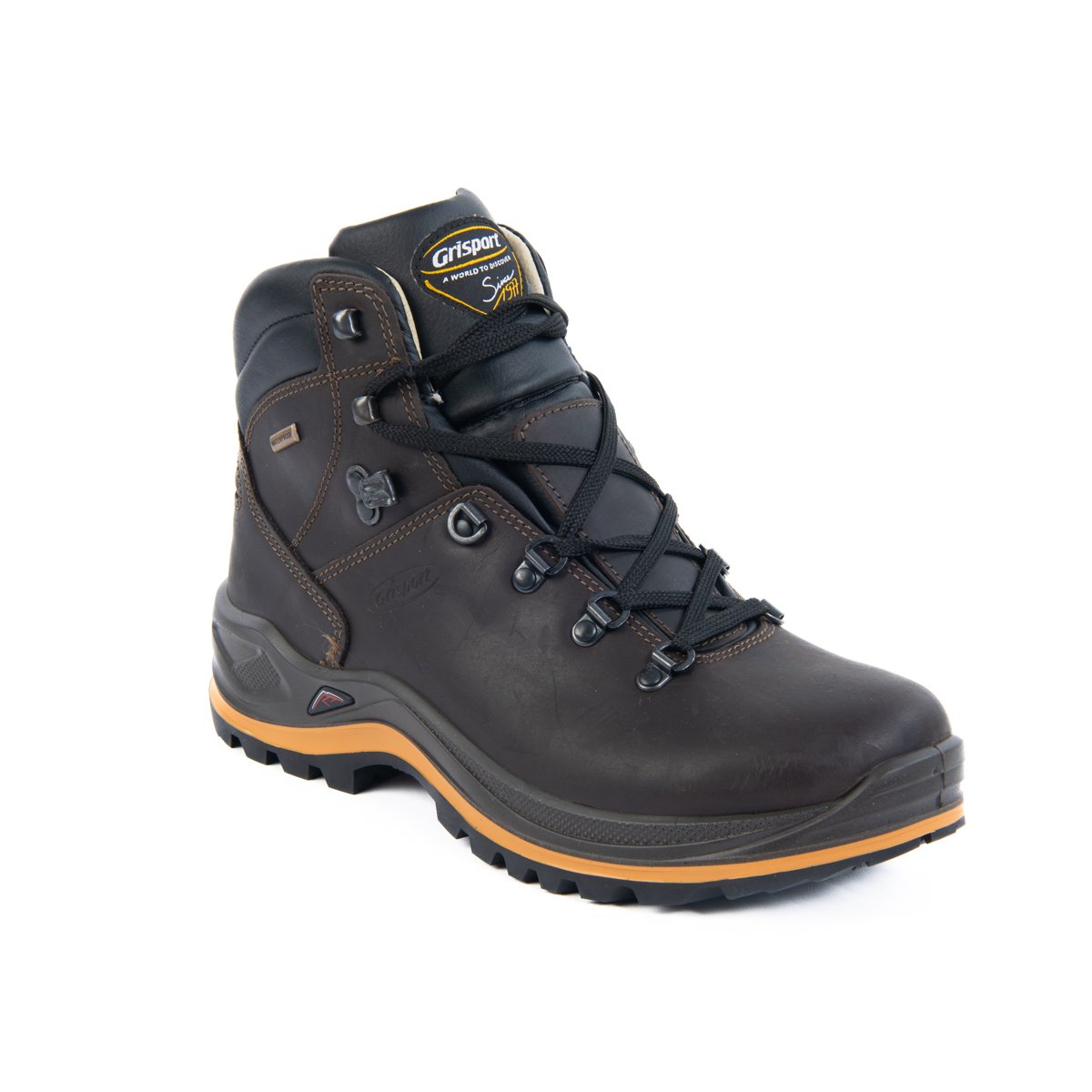Hiking in the Rain: How to Stay Dry and Comfortable
Hiking in the rain can be a refreshing and rewarding experience, offering a different perspective on familiar trails and a peaceful escape from the crowds. However, without the right preparation, wet conditions can quickly turn a fun adventure into a cold and uncomfortable challenge. The key to enjoying rainy hikes is wearing the right gear, staying dry, and knowing how to navigate wet trails safely. In this guide, we’ll cover everything you need to know about hiking in the rain, from waterproof essentials to tips for handling slippery terrain.
Why Hike in the Rain?
Some might avoid hiking in rainy conditions, but there are plenty of reasons why hiking in the rain can be a great experience:
✔ Less crowded trails – Popular trails are often empty when it rains, giving you a peaceful and more immersive outdoor experience.
✔ Beautiful landscapes – Rain enhances the colors of nature, makes waterfalls more powerful, and creates a misty, magical atmosphere.
✔ Cooler temperatures – No more overheating on the trails! Rainy weather can provide a refreshing break from the heat.
✔ A new challenge – Wet trails require extra focus and caution, making them a great way to improve your hiking skills.
While the rain brings benefits, it also requires the right preparation. Here’s how to stay dry, comfortable, and safe on your next rainy-day hike.
Essential Gear for Hiking in the Rain
Proper gear makes all the difference between a great rainy hike and a miserable one. Here’s what you need:
1. Waterproof Clothing
Rain jacket: A breathable, waterproof jacket is a must. Look for materials like Gore-Tex or similar waterproof membranes.
Rain pants: Waterproof pants keep your legs dry and prevent chills. Choose lightweight, breathable options.
Base layers: Avoid cotton, which absorbs moisture. Opt for moisture-wicking materials like merino wool or synthetic fabrics.
Gaiters: These help keep water, mud, and debris from getting into your boots, especially when hiking in deep puddles or wet grass.
2. Waterproof Footwear
Your feet take the biggest hit when hiking in the rain, so choosing the right boots is crucial.
Waterproof boots: A quality pair of waterproof hiking boots is essential. Brands like Grisport offer hiking boots with Gritex lining, which provides excellent water resistance while maintaining breathability.
Good traction: Wet trails can be slippery, so a sturdy Vibram sole or aggressive tread pattern is a must for safety.
Wool socks: Wool socks keep your feet warm, even when wet, unlike cotton which traps moisture and causes blisters.
3. Backpack and Rain Protection
Rain cover: Protect your backpack and its contents with a waterproof rain cover.
Dry bags: Store electronics, extra clothes, and food in waterproof bags inside your pack to keep them dry.
Hat and gloves: A wide-brim hat or cap with a brim helps keep rain off your face, and waterproof gloves keep your hands warm.
How to Stay Comfortable While Hiking in the Rain
Even with the right gear, you need smart techniques to ensure a more enjoyable hike:
1. Layer Your Clothing Properly
Dressing in layers helps regulate your temperature and keeps moisture away from your skin:
Base layer: Wicks moisture away from your body.
Insulating layer: Keeps you warm (like a fleece or synthetic puffer jacket).
Outer layer: Waterproof and windproof shell.
2. Manage Moisture Effectively
Ventilation is key: Many rain jackets have pit zips to release heat and prevent overheating.
Adjust your layers: If you start sweating, remove a layer to prevent dampness from the inside.
3. Keep Moving to Stay Warm
When wet, your body can lose heat quickly. Keep a steady pace to maintain body warmth and prevent chills.
Navigating Wet and Slippery Trails
Rain makes the ground slick and challenging. Here’s how to hike safely on wet terrain:
1. Watch Your Footing
Step on stable surfaces: Avoid stepping on wet roots, rocks, or leaves as they become extremely slippery.
Use trekking poles: They improve balance and provide extra stability on muddy or steep slopes.
Shorten your stride: Taking smaller steps helps maintain control and reduces the chance of slipping.
2. Choose the Right Trail
Avoid steep slopes: Downhill sections can become dangerous in heavy rain.
Look for well-maintained trails: Some trails have better drainage than others.
Check the weather beforehand: If thunderstorms are predicted, postpone your hike.
3. Be Prepared for Emergencies
Pack an extra dry layer: A lightweight, packable fleece or extra socks can be a lifesaver.
Bring a headlamp: Rainy weather can make trails darker, especially under thick tree cover.
For more tips on spring hiking and trail conditions, check out our detailed guide here: Best Early Spring Hiking Tips
What to Do After Your Rainy Hike
Taking care of your gear after hiking in the rain helps extend its lifespan:
Dry your boots properly: Stuff them with newspaper to absorb moisture and never dry them near direct heat.
Clean your gear: Rinse mud off boots, jackets, and pants before storing them.
Air out your backpack: Let it dry completely before your next hike.
Embrace the Rain and Keep Exploring
Rainy hikes may seem challenging, but with the right preparation, gear, and mindset, they can be some of the most rewarding adventures. Investing in quality waterproof boots like Grisport’s hiking boots with Gritex lining ensures dry, comfortable feet no matter the conditions. So don’t let a little rain stop you—embrace the adventure, explore the trails, and enjoy nature in all its forms!
🌧️ Ready to gear up for your next rainy hike? Explore our selection of waterproof hiking boots today!




